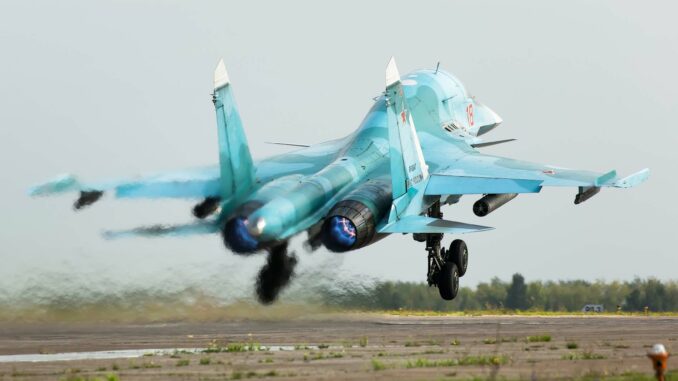
Explore the pivotal roles of fighter jets in warfare, covering air superiority, ground support, interception, and the impact of advanced technologies and future trends in aerial combat.
Fighter jets in warfare
Overview of Fighter Jets in Military History
Fighter jets, integral to air forces worldwide, have undergone significant evolution since their inception. Initially developed during World War I for reconnaissance, they quickly transformed into combat aircraft, engaging in dogfights with enemy planes. The introduction of jet-powered aircraft in World War II marked a pivotal shift, with planes like the German Me 262 bringing new speed and altitude capabilities, fundamentally changing aerial combat’s dynamics.
Example: The Messerschmitt Me 262, used by Germany in World War II, was the world’s first operational jet-powered fighter aircraft. Despite its late introduction into combat, it showcased the potential of jet propulsion in significantly enhancing speed and altitude capabilities over traditional piston-engine fighters.
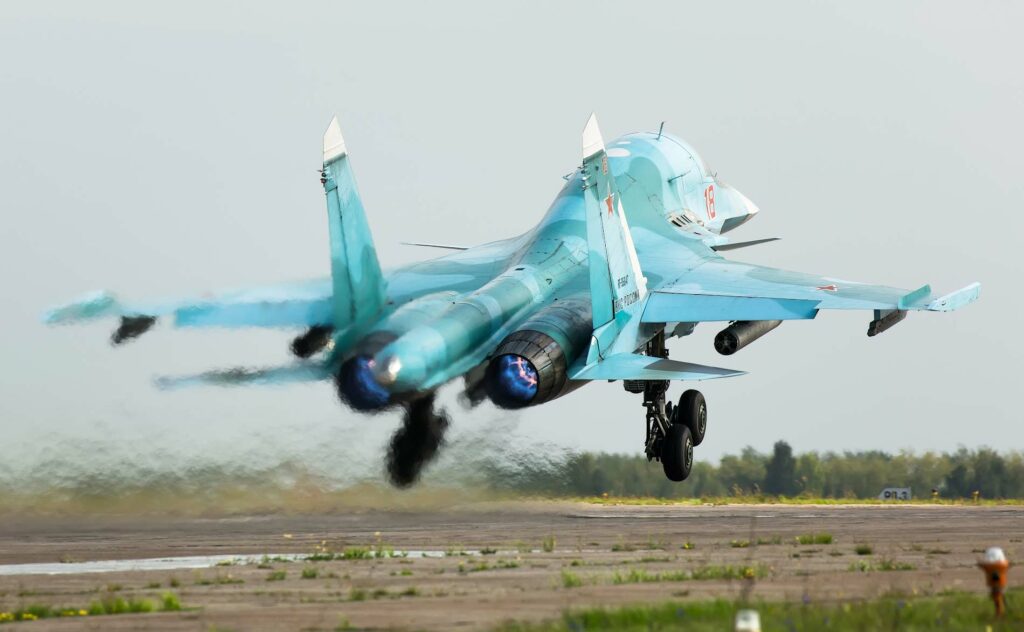
Evolution of Fighter Jets in Modern Warfare
The evolution of fighter jets in the post-World War II era has been characterized by rapid technological advancements, leading to enhanced performance, stealth capabilities, and multirole flexibility. Modern jets are equipped with advanced avionics, supersonic speeds, and precision-guided weapons, allowing for effective engagement of targets both in the air and on the ground. The transition from the gun-centric dogfights of the past to beyond-visual-range combat, facilitated by sophisticated radar systems and air-to-air missiles, exemplifies this evolution.
Example: The F-22 Raptor, developed by the United States, represents the pinnacle of modern fighter jet technology, with stealth capabilities, advanced avionics, and supercruise speed. It’s designed to maintain air superiority and has played a crucial role in reinforcing the U.S. military’s global position, demonstrating the shift towards incorporating advanced technology to dominate in modern warfare.
These developments reflect a broader trend in military strategy, where air dominance is seen as crucial to the success of broader military operations, shaping the tactics and strategies employed in contemporary conflicts. The continual advancement in fighter jet technology underscores the importance of air superiority in achieving strategic objectives and the ongoing evolution of warfare.
Air Superiority
Definition and Strategic Importance
Air superiority is defined as the degree of dominance in the air battle by one force that permits the conduct of its operations at a given time and place without prohibitive interference from air and missile threats. It is a crucial element of modern military strategy, allowing a nation to carry out operations without significant opposition from enemy air forces. This dominance in the skies is pivotal as it can determine the success of ground, naval, and air operations, ensuring freedom from attack and the freedom to attack for the forces involved.
Case Studies of Air Superiority Missions
One of the most significant case studies that exemplify the strategic importance of air superiority is Operation Focus during the Six-Day War. In this operation, the Israeli Air Force launched a preemptive strike that decimated the Egyptian, Jordanian, and Syrian air forces. By destroying the majority of the Arab air forces on the ground, Israel achieved overwhelming air superiority, which was crucial for its subsequent ground campaign successes. This operation underscores how air superiority can serve as a force multiplier, enabling decisive victories even when faced with numerically superior foes.
Another example is the role of air superiority in the NATO-led operations, particularly during the interventions in the Balkans and Libya (Operations ODYSSEY DAWN and UNIFIED PROTECTOR). These operations highlighted how air superiority allows for the successful execution of strategic bombing, close air support, and the imposition of no-fly zones, thereby shaping the outcome of conflicts without significant friendly casualties. It demonstrated the asymmetric advantage that air superiority provides, enabling coalition forces to conduct military operations effectively and with a lower risk to ground troops.
In both examples, achieving air superiority was not just about engaging enemy aircraft; it involved neutralizing air defenses, dominating the electromagnetic spectrum, and ensuring the operational freedom for friendly forces. This strategic advantage allows forces to maneuver, attack, and supply with minimal opposition, thereby increasing the likelihood of operational success and reducing the vulnerability of ground forces to enemy air attacks.
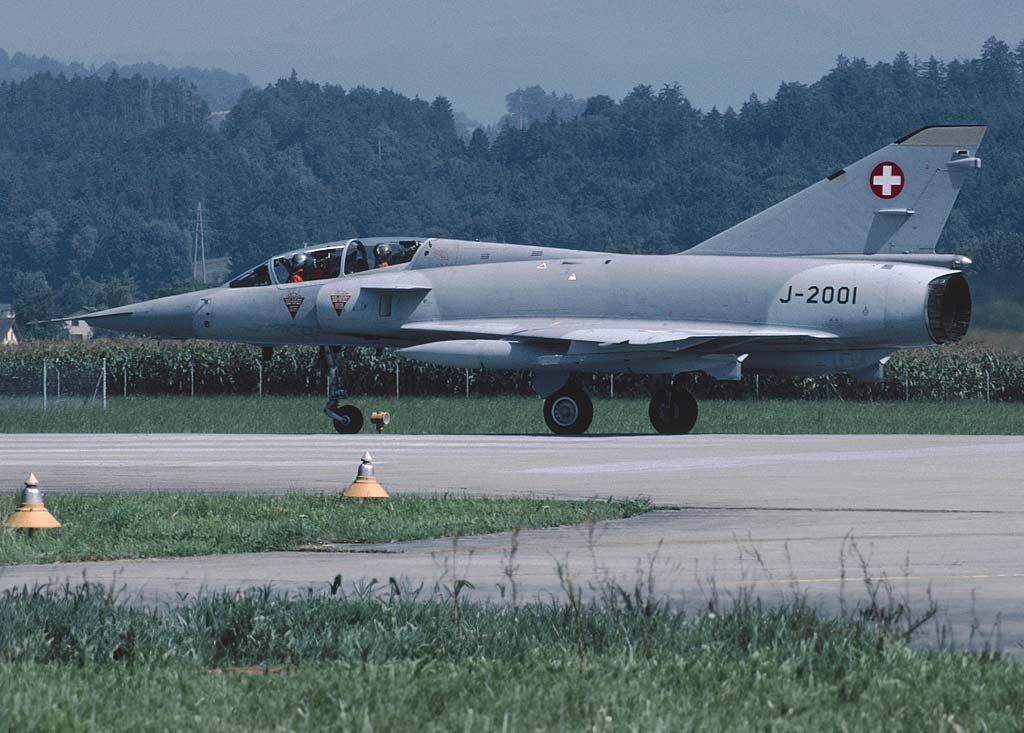
Ground Attack and Close Air Support
Role in Supporting Ground Troops
Ground Attack and Close Air Support (CAS) play a pivotal role in modern warfare by providing direct airborne firepower to support ground troops engaged in combat. This support is crucial, especially when ground forces are in close proximity to enemy units. The essence of CAS is its ability to deliver precise and responsive firepower, enhancing the effectiveness of ground operations and significantly impacting the outcome of engagements. The visibility of low-flying CAS aircraft can also serve as a morale booster for friendly troops while intimidating enemy forces. Historically, the integration of air support has been a game-changer, with aircraft like the A-10 Warthog being renowned for their CAS capabilities, providing support with remarkable precision and durability.
Precision-Guided Munitions and Tactical Flexibility
The advent of precision-guided munitions (PGMs) has transformed CAS, enabling aircraft to deliver ordnance with high accuracy, thereby minimizing collateral damage and maximizing operational effectiveness. PGMs allow for strikes against well-defended, high-value targets with minimal risk to friendly forces. This precision, coupled with the tactical flexibility of CAS aircraft, enables them to engage a wide range of targets and adapt to the dynamic nature of the battlefield. The ability to loiter and engage targets with pinpoint accuracy makes CAS aircraft invaluable assets in the theater of war, providing ground forces with a significant tactical advantage.
Historical Context and Evolution
From World War I, where rudimentary forms of air-ground coordination were first employed, to the sophisticated CAS operations of today, the role of air support has evolved dramatically. Early biplanes were modified to carry bombs and machine guns to support ground troops, setting the stage for the advanced CAS aircraft used in later conflicts. The interwar period and subsequent conflicts saw further refinement of CAS tactics and aircraft, with each conflict contributing to the doctrine and technology that underpin modern CAS operations.
In recent history, the Vietnam War highlighted the importance of effective CAS, leading to doctrinal and technological advancements that have shaped current capabilities. The lessons learned from past conflicts have underscored the necessity of integrating air power with ground operations, ensuring that CAS remains a key component of military strategy. This integration ensures that ground forces can operate with the confidence that they have the full support of air power, capable of delivering precise and decisive firepower when needed.
Interception and Air Defense
Engaging Enemy Aircraft and Protecting Airspace
Fighter jets designed for interception have a primary role in engaging and neutralizing incoming enemy aircraft, particularly during defensive operations to protect sovereign airspace. Historically, interceptors have evolved to counter varied threats, including long-range bombers and reconnaissance aircraft. Initially, during World War I, interceptors were deployed to defend key locations such as London from aerial threats. The advancement in radar technology significantly enhanced the capability of interceptors, allowing for early detection of enemy aircraft, thereby providing sufficient time for interceptors to engage and neutralize the threat. Modern fighter jets, like the F-22 Raptor, now embody the dual role of air superiority and interception, demonstrating advanced capabilities in speed, altitude, and agility to counter sophisticated airborne threats effectively.
Integration with Ground-Based Air Defense Systems
The integration of fighter jets with ground-based air defense systems represents a comprehensive approach to airspace security, combining the agility and responsiveness of aircraft with the persistent coverage and strategic placement of surface-to-air missile systems. This integration enhances the overall effectiveness of a country’s air defense capability, creating a layered defense strategy that is difficult for adversaries to penetrate. The synergy between airborne interceptors and ground-based systems ensures a robust defensive posture, capable of countering various threats ranging from aircraft to more advanced ballistic and cruise missiles. The transition from dedicated interceptor aircraft to multi-role fighters capable of performing the interception role has been driven by the need for versatility and adaptability in response to the changing nature of aerial threats, which now include sophisticated stealth aircraft and unmanned aerial vehicles.
The effectiveness of modern air defense is not solely dependent on the capabilities of individual systems but on the integrated network of sensors, interceptors, and command and control units. This networked approach allows for real-time data sharing and coordination, enhancing situational awareness and enabling a timely and precise response to aerial threats. The evolution of fighter aircraft into multi-role platforms ensures that they can not only intercept enemy aircraft but also engage in a variety of mission sets, providing flexibility and a higher operational value.
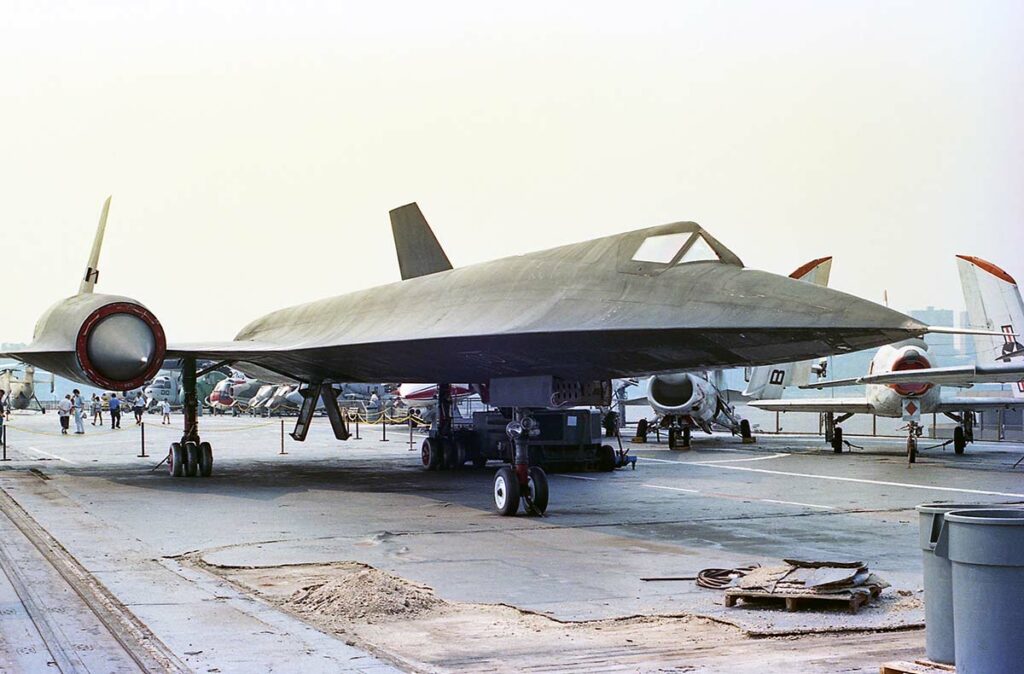
Reconnaissance and Surveillance
High-Speed, High-Altitude Reconnaissance Missions
High-speed, high-altitude reconnaissance missions are crucial for strategic military intelligence, involving aircraft that can operate at extreme altitudes to avoid detection and interception. A prime example of such an aircraft is the Lockheed SR-71 Blackbird, which was an advanced, long-range, Mach 3+ strategic reconnaissance aircraft developed by Lockheed Corporation. It was designed for high-speed and high-altitude flight to gather intelligence while outpacing threats like surface-to-air missiles. The SR-71 was capable of flying at speeds over Mach 3.2 and altitudes of 85,000 feet or higher, making it an invaluable asset for intelligence collection during its service years.
Another significant high-altitude reconnaissance aircraft is the Lockheed U-2, nicknamed “Dragon Lady.” It has been operated by the United States Air Force since the 1950s and is known for its ability to fly at altitudes over 70,000 feet, providing all-weather intelligence gathering. The U-2 was instrumental during the Cold War for missions over the Soviet Union, Cuba, Vietnam, and China, among other locations. Its high-altitude capability allows it to carry out reconnaissance missions safely above the reach of most enemy defenses.
Electronic Warfare and Signals Intelligence
Electronic warfare and signals intelligence are key aspects of modern reconnaissance missions, enabling the military to detect, interpret, and disrupt enemy communications and radar signals. Aircraft like the SR-71 Blackbird were equipped with sophisticated sensors and equipment to perform signals intelligence tasks, collecting vital data from adversaries without being detected. The aircraft’s high-speed performance allowed it to gather intelligence rapidly and exit hostile airspace before adversaries could effectively react.
The integration of electronic warfare and signals intelligence capabilities in reconnaissance aircraft provides a strategic advantage, allowing for the monitoring of enemy communications, radar, and other electronic signals. This capability is crucial for understanding enemy movements, capabilities, and intentions, thereby enhancing situational awareness and informing military decision-making.
Strategic Bombing and Long-Range Strike Capabilities
Delivering Payloads Over Long Distances
Strategic bombers are specialized aircraft designed to deliver large amounts of ordnance over long distances to debilitate the enemy’s ability to wage war. These bombers, like the B-52 Stratofortress, B-1 Lancer, and B-2 Spirit, are built to carry a significant payload of weaponry, including nuclear and conventional bombs, and travel thousands of miles to their targets. The development of these aircraft has been crucial for maintaining a strategic deterrent, capable of reaching any point on the globe to deliver a decisive blow should deterrence fail. Their evolution reflects a strategic shift from the smaller, less capable bombers of early conflicts to the highly sophisticated platforms that form the backbone of modern strategic air forces.
Impact on Strategic Targets and Enemy Infrastructure
The impact of strategic bombing on enemy infrastructure and strategic targets has been profound throughout history, particularly evident during World War II and later during the Cold War. The use of heavy bombers like the Avro Lancaster and the Boeing B-29 Superfortress in WWII demonstrated the potential of strategic bombing to inflict widespread destruction on enemy industrial capacity, urban areas, and morale. In the Cold War era, the deterrence strategy, prominently featuring bombers like the B-52, was pivotal in maintaining a balance of power, with bombers ready to launch at a moment’s notice as part of the mutually assured destruction doctrine. These aircraft were intended to be capable of delivering nuclear payloads, underscoring their role in the strategic calculus of superpowers. The strategic bomber’s ability to deliver massive destructive force to the enemy’s homeland has made it a central element of national security policy and military strategy.
Modern strategic bombers incorporate stealth technology, advanced avionics, and the capability to carry precision-guided munitions, enhancing their ability to strike targets effectively while evading detection. The development of these technologies signifies the ongoing importance of strategic bombers in contemporary military doctrine, maintaining their relevance in today’s security environment.
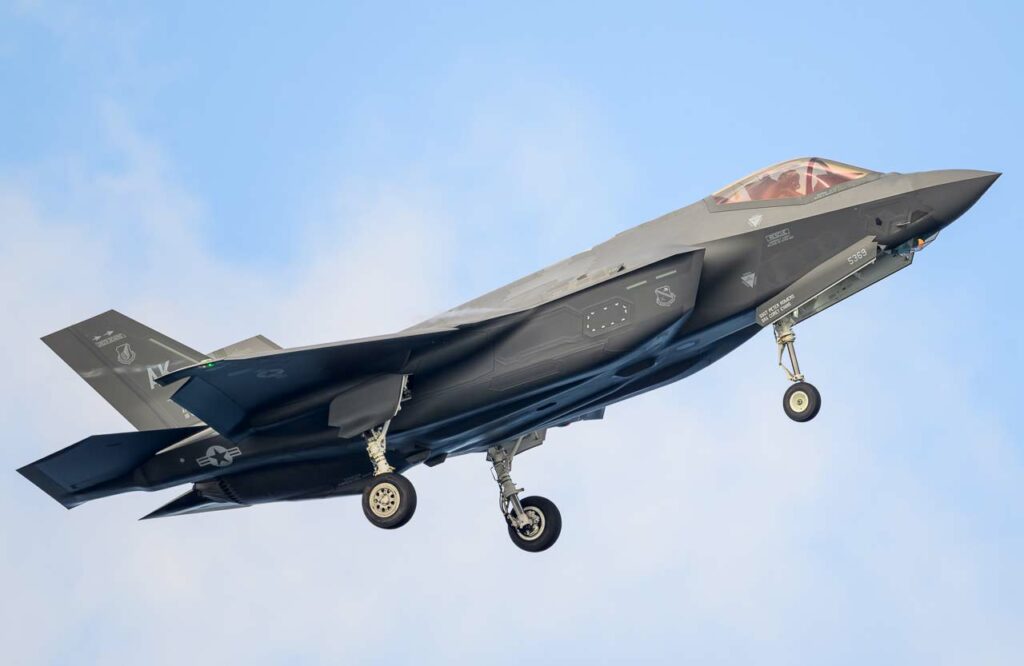
Carrier-Based Operations
Significance of Naval Aviation and Maritime Air Superiority
Naval aviation plays a pivotal role in modern military strategy, enabling naval forces to project air power from the sea, independent of local bases or overflight permissions. Historically, naval aviation developed rapidly, with early 20th-century advancements leading to the establishment of the world’s first naval flying school and the integration of aircraft into naval operations. The U.S. Navy, for instance, began its foray into naval aviation with demonstrations that airplanes could operate from ships, a concept that has since evolved into a sophisticated force capable of global reach and formidable power projection.
The strategic value of aircraft carriers, which are central to naval aviation, lies in their ability to serve as mobile airbases. These vessels can operate independently for extended periods, providing immediate air support and enabling a sustained presence in key maritime regions. They are self-contained cities at sea, equipped with all necessary resources to conduct prolonged operations. This autonomy allows carriers to project power and influence far from their home shores, demonstrating the strategic mobility and reach of naval forces.
Flexibility and Power Projection of Carrier Strike Groups
Carrier Strike Groups (CSGs) epitomize the concept of flexible power projection. They can rapidly deploy to hotspots worldwide, providing a visible and potent deterrent or response force. The presence of a CSG can influence geopolitical outcomes merely by its proximity to a crisis area. This capability was demonstrated vividly when U.S. carriers were deployed near the Korean peninsula as a show of force against North Korean provocations, and when the French carrier Charles de Gaulle was expedited to the Mediterranean to support operations against ISIL following the 2015 Paris attacks.
The operational advantages of CSGs are substantial. They offer unmatched versatility, allowing for quick transition from peacetime to crisis modes, and can conduct a wide range of missions from high-intensity warfare to humanitarian assistance. The forward deployment capability of CSGs ensures that naval forces can maintain a presence near potential flashpoints, enhancing crisis response times and providing commanders with flexible options in fast-changing scenarios.
Technological Advancements and Future Prospects in Fighter Jets
Stealth Technology, Supersonic Speeds, and Advanced Avionics
Modern fighter jets like the F-22 Raptor have integrated advanced technologies that redefine air combat. The F-22 combines stealth capabilities with supersonic speeds, enabling it to engage targets before they’re even aware of its presence. Its advanced avionics provide unparalleled situational awareness, allowing for superior battlefield control. The integration of these technologies ensures the F-22’s dominance in various military operations, including precision strikes and intelligence gathering, as demonstrated in campaigns like Operation Inherent Resolve. Future enhancements for the F-22 may include hypersonic missiles and further advancements in stealth and sensor technology, maintaining its edge as a premier combat aircraft.
Future Trends and Next-Generation Fighter Aircraft
The next generation of fighter jets is expected to feature revolutionary advancements such as Directed Energy Weapons (DEWs), including high-energy lasers (HELs) and high-powered microwave (HPM) systems. These weapons offer rapid engagement capabilities, precision, and the ability to neutralize threats with minimal collateral damage. The upcoming fighter jets will also focus on improving stealth features, reducing radar, infrared, and acoustic signatures to enhance survivability and operational effectiveness. They will embody cutting-edge advancements in sensor technology, networking, and data fusion, enabling extended range, enhanced lethality, and improved situational awareness. These future fighters will leverage artificial intelligence to process vast amounts of data, providing pilots with real-time, actionable intelligence and a significant advantage in combat scenarios.
The evolving landscape of aerial warfare demands continuous innovations in technology, and the future of fighter aircraft looks to be a blend of enhanced stealth, superior speed, and advanced weaponry. As these technologies develop, they will set new standards for air superiority and redefine the capabilities of air forces globally.
War Wings Daily is an independant magazine.